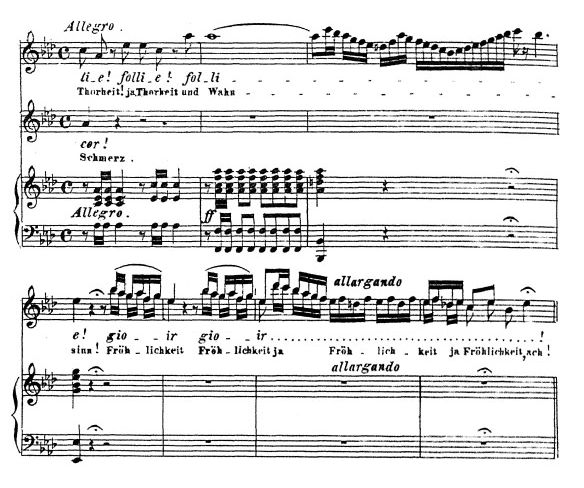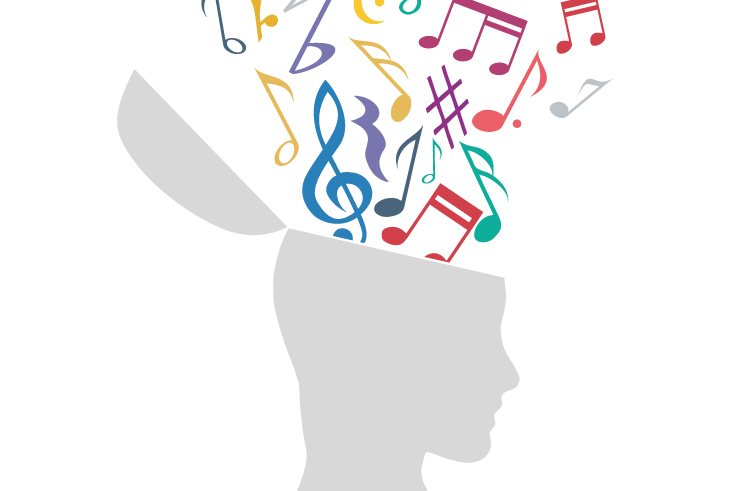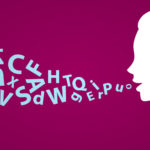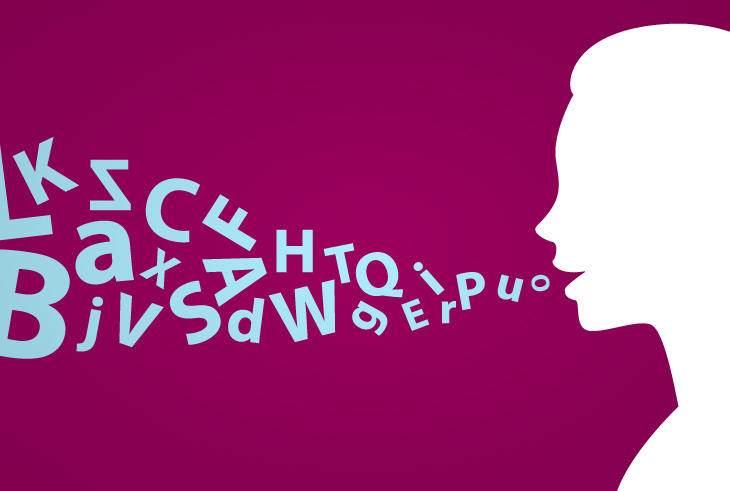
“Diction Is the Key”
Have you ever heard this common myth?
“Diction will solve vocal problems. All you need to do is enunciate clearly.”
It implies that if you pronounce well you will sing great! Diction is important. We want to be understood when we sing.
However, diction is not the sole key to addressing vocal issues. You can pronounce and enunciate and still have vocal weirdness including diction issues. Trying harder and over-enunciating with misplaced effort causes more problems – tense articulators, oversized vowels, and a rigid throat. Hmmm. If not diction, then what is the key to solving vocal problems?
Well, there is no single key! All is needed and all of it is interconnected. However, there is a primary key – the source of vocal tone – the vocal cords and the muscle systems that adjust the cords. This primary key is called “registration”. When registration is balanced, one sings free and healthy. This dynamic muscular equilibrium allows good diction as a result!
If there are vocal problems including diction issues, then most often the trouble is found as muscular imbalances within the larynx. To fix vocal issues and correct diction, one must fix the way the muscles are working. That said, since all is interconnected, diction does have a role to play in the fixing. Diction is not the primary key but can be both a guide and a helper.
Diction within functional vocal training can be a guide.
One example: A person attempts to sing a scale on a particular vowel and consonant. The person falls behind in the rhythm with the consonant and vowel being distorted. Diction is garbled. It is most likely that the person is singing too heavily and weighty with excessive volume. Another way to say that is that they are using too much cord to vibrate those pitches – the registration is imbalanced. As the volume and weight is able to be reduced through fixing the vocal muscles, then one will notice the ability to stay in rhythm. Consonants and vowels are less distorted. Diction improves. As the diction improves, the muscles respond better. It is a beneficial cycle. So, the distorted diction guided us in understanding what is happening and how to fix it. Clear unforced diction indicates we are on the right path.
Diction within functional vocal training can be a helper.
Teachers can utilize certain consonant and vowel combinations in exercises to help repair and reeducate vocal muscles. The vocal cords and the muscle systems that adjust the cords respond reflexively to certain combinations of pitch, volume, and vowels and consonants. So, if the teacher creates an exercise designed to fix muscles, then “diction” is some part of that exercise. The student does the best they can to enunciate in the moment. The proper vowel and consonant combinations can assist the vocal muscles to close and stretch and adjust and move in a healthier freer way. As the muscles get fixed, then everything else begins to improve. The breath flows better, the range extends, constriction is released, and yes, diction becomes much more intelligible.
Focus on fixing the registration and all else starts to work better too. Diction may not be the primary key, but it certainly can guide us and help us along the journey to a free healthy voice.
about the author
Allen Rascoe Allen has been enjoying singing since he was a little kid. He officially studied voice at ECU and USC. However, he ran... Read More
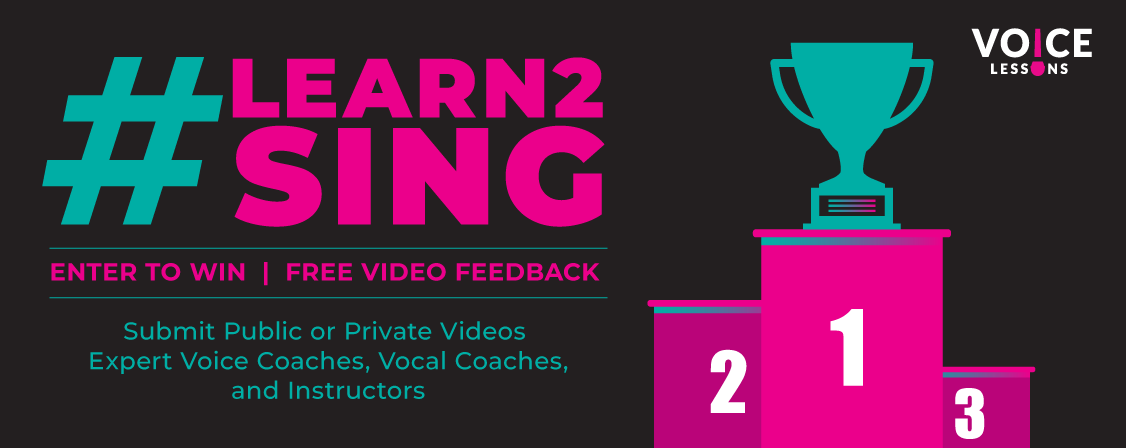
RECENT ARTICLES
-

Career Your Opportunities for a Fulfilling Career in Singing
-

Basic Skills, Beginners, Tips Tips To Improve Your Singing Voice
-

Exercises, Warmups 10 Vocal Warm-ups to Change the Way You Sing
-

Basic Skills, Beginners, Exercises, Songs, Voice Teachers, Warmups What is My Vocal Range – Identify, Master and Expand Your Range
RECENT IN KNOWLEDGE
Recent Topics
- Beginning Voice Lessons (1)
- Breathing Techniques (1)
- Confidence (1)
- Experienced Teacher (1)
- Kids Singing Lessons (1)
- Musical Career (1)
- Practice (1)
- Private Lessons (1)
- Professional Singer (2)
- Sing (1)
- Singing Teachers (2)
- Style (1)
- Teach Online (1)
- Vocal Exercises (1)
- Vocal Health (1)
- Vocal Music (1)
- Vocal Pitch (3)
- Vocal Range (4)
- Voice Coach (1)
- Voice Exercises (2)
- Voice Training (4)
- Young Vocalist (1)
Categories
- Basic Skills (7)
- Beginners (8)
- Career (2)
- CCM (1)
- Contemporary Commercial Music (1)
- Crossing Over (1)
- Exercises (2)
- Online Lessons (3)
- Online Voice Lessons (1)
- Songs (2)
- Students (6)
- Tips (4)
- Vocal Coaches (1)
- Voice Teachers (2)
- Warmups (2)
Testimonials




